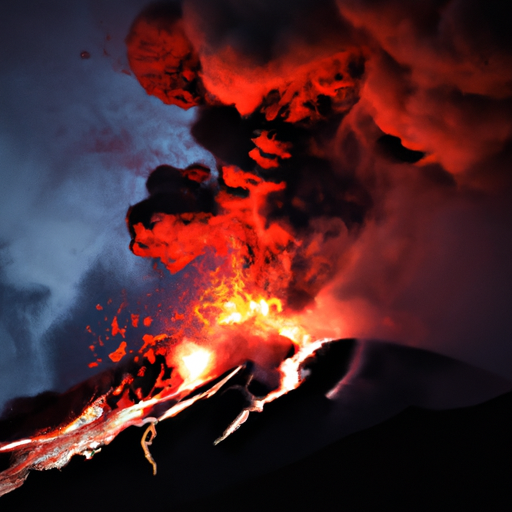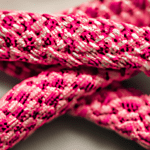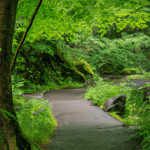Introduction
Volcanoes have always fascinated mankind with their awe-inspiring eruptions and majestic presence. But have you ever wondered what makes up a volcano? In this article, we will delve into the mysterious forces of nature that create these geological wonders.
The Earth’s Structure
To understand what makes up a volcano, we must first explore the Earth’s structure. The Earth is composed of several layers, including the inner core, outer core, mantle, and crust. The mantle, which lies beneath the crust, plays a crucial role in the formation of volcanoes.
Magma: The Molten Rock
At the heart of every volcano lies magma, a molten rock that is formed deep within the Earth’s mantle. Magma is primarily composed of silicate minerals, such as feldspar and quartz, along with dissolved gases, such as water vapor and carbon dioxide.
Tectonic Plate Movements
Volcanoes are often found near tectonic plate boundaries, where the Earth’s crust is constantly moving. There are three main types of plate boundaries: divergent, convergent, and transform. Each type of boundary contributes to the formation of different types of volcanoes.
Divergent Boundaries
At divergent boundaries, two tectonic plates move away from each other, creating a gap. Magma from the mantle rises to fill this gap, forming new crust and giving birth to shield volcanoes. These volcanoes have gently sloping sides and are characterized by frequent but relatively mild eruptions.
Convergent Boundaries
Convergent boundaries occur when two tectonic plates collide. In this case, one plate is forced beneath the other, a process known as subduction. The subducting plate carries water and other volatile substances into the mantle, causing the overlying mantle to melt and form magma. This magma eventually rises to the surface, resulting in explosive eruptions and the formation of stratovolcanoes, also known as composite volcanoes.
Transform Boundaries
Transform boundaries are characterized by plates sliding past each other horizontally. While these boundaries do not typically produce volcanoes, they can cause volcanic activity in certain circumstances. The intense friction and pressure generated by the sliding plates can melt the surrounding rock, creating magma that may find its way to the surface and form fissure volcanoes.
Conclusion
Volcanoes are the result of complex geological processes that involve the Earth’s structure and tectonic plate movements. The formation of a volcano begins deep within the Earth’s mantle, where magma is generated. This magma then rises to the surface through various plate boundaries, creating different types of volcanoes. Understanding what makes up a volcano not only helps us appreciate their beauty but also enables scientists to study and monitor volcanic activity for the safety of communities living in their vicinity.




